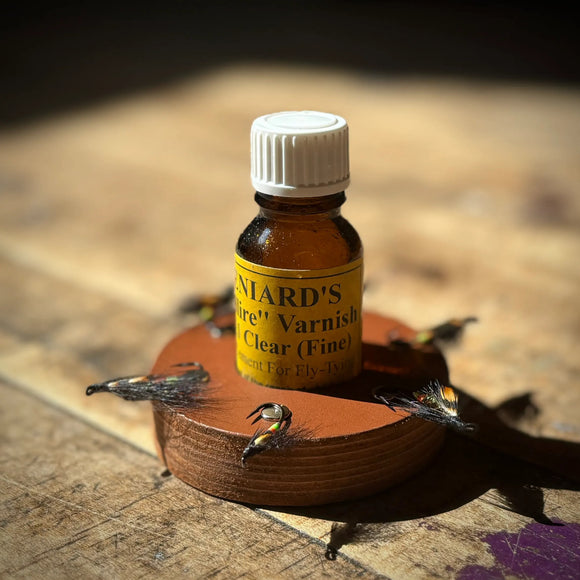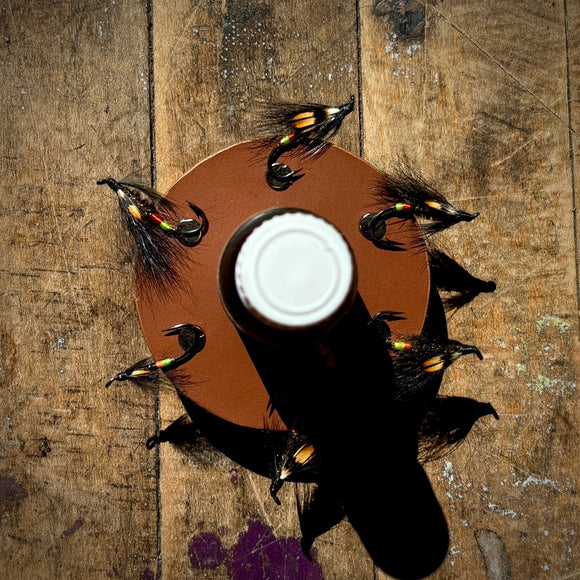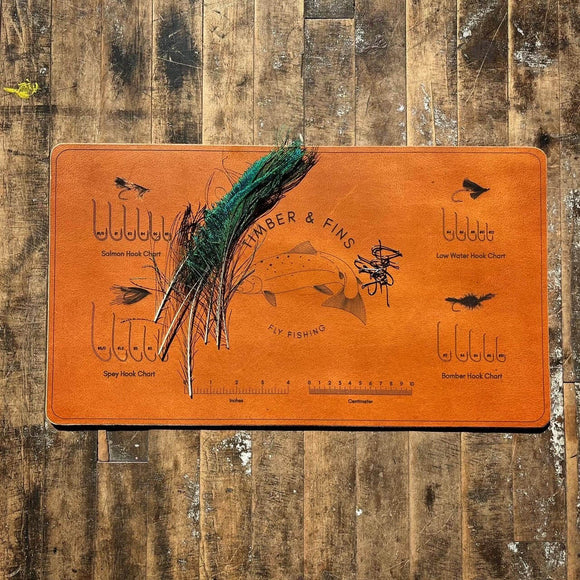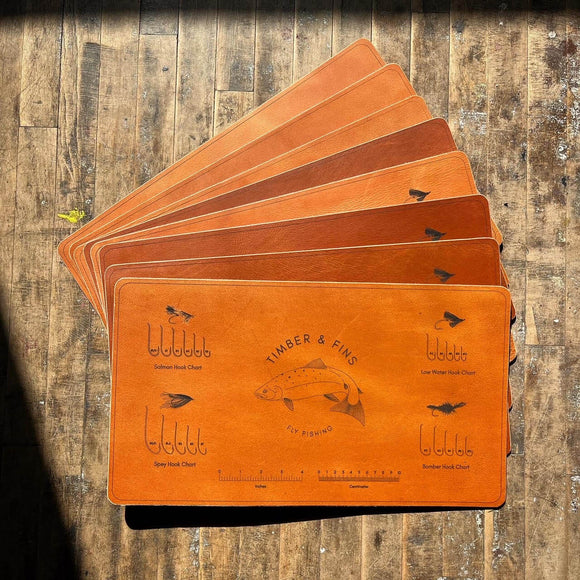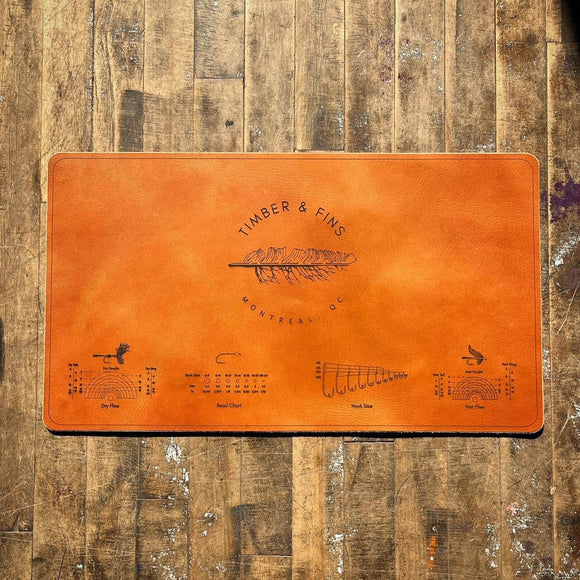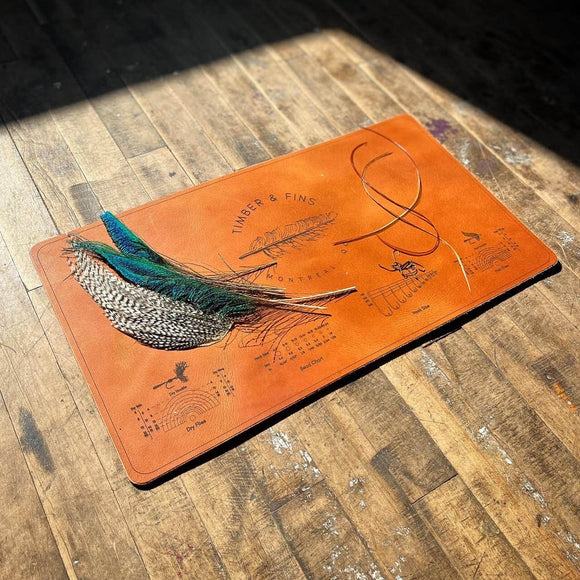Par Kenzie Kozera
Lorsqu'une mouche est utilisée depuis plus d'un siècle, vous pouvez parier qu'elle fonctionne ! Originaire du Royaume-Uni, la Blue Charm est désormais un incontournable mondial parmi les pêcheurs de plusieurs espèces. Il serait difficile de trouver un pêcheur dans l'Atlantique canadien qui ne possède pas une variante de la Blue Charm parmi ses boîtes de mouches noyées.
À l'origine attachés avec une aile en plume de canard colvert ou de dinde, les Blue Charms sont désormais plus fréquemment attachés avec une aile en queue d'écureuil. Cependant, vous remarquerez peut-être que les charms avec une aile blanche (corps de veau, queue de veau ou ours polaire) et une aile foncée (orignal) sont presque aussi populaires (voire plus populaires dans certaines régions) que l'aile traditionnelle. Pari le plus sûr ? Prenez-en un de chaque.
Le Blue Charm est performant toute l'année pour le saumon de l'Atlantique et la truite arc-en-ciel, mais il est particulièrement efficace en été et par basses eaux. Lorsqu'il est pêché avec un « riffle hitch », le Blue Charm peut provoquer des prises de surface très excitantes. (Suggestion : si vous prévoyez d'attacher la mouche avec un hitch, essayez de laisser un peu plus d'espace entre la tête de la mouche et l'œillet que d'habitude, car cela permettra de laisser de la place pour le bas de ligne).
Recette:
Hameçon : Hameçon à saumon mouillé (un Ahrex 410 taille 4 dans ce cas)
Fil : Noir, généralement 8/0
Étiquette : Fils d'argent fins ovales derrière du fil jaune (ou chartreuse)
Queue : crête de faisan doré
Corps : fil dentaire noir ou fil
Rib : tinsel argenté ovale
Gorge : huppe bleue (c'est souvent un sujet de débat animé… bleu martin-pêcheur contre bleu clair)
Wing : queue d'écureuil gris
Tête : Fil noir fini avec votre choix de ciment pour tête (Gulff UV Varnish dans ce cas).
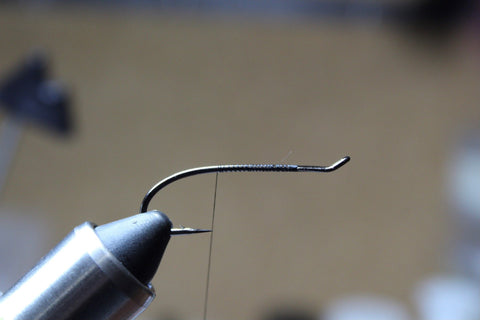
Étape 1 - Ramenez le fil de travail jusqu'au point d'accroche

Étape 2- (a) attachez votre étiquette argentée et (b) votre extrémité jaune/chartreuse.

Étape 3 - attachez votre crête de faisan doré (en cas de besoin, un fil jaune peut suffire).

Étape 4 - intégrez votre bord-côte, en faisant un effort pour garder un corps uniforme et lisse.

Étape 5 - enveloppez le corps avec du fil noir (ou de la laine).

Étape 6 - enroulez la côte vers l'avant.

Étape 7 - attachez une touffe de hackle bleu (la poule ou le schlappen semblent bien fonctionner) comme votre gorge.

Étape 8 - étamez votre aile d'écureuil avec une longueur atteignant environ la courbure de votre hameçon. Pour une aile uniforme, utilisez un empileur de poils.
*Astuce - la queue d'écureuil est GLISSANTE. Une pointe de colle (Gulff Minuteman dans ce cas) et un peu de cire à fil vous éviteront de perdre cette aile dans le courant.

Étape 9 - terminez avec un nœud final et ajoutez votre choix de ciment pour tête, vernis, etc.
MOUCHES
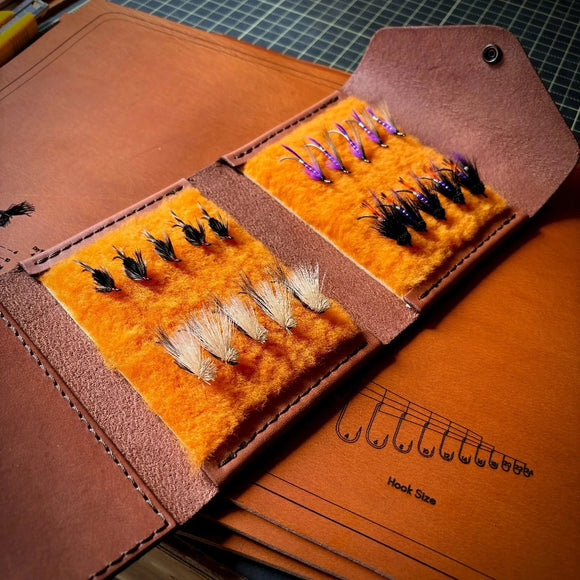
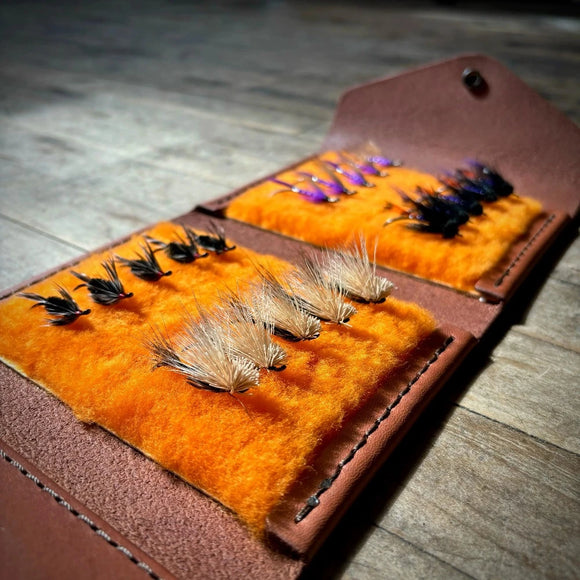
Ensemble de mouches Steelhead
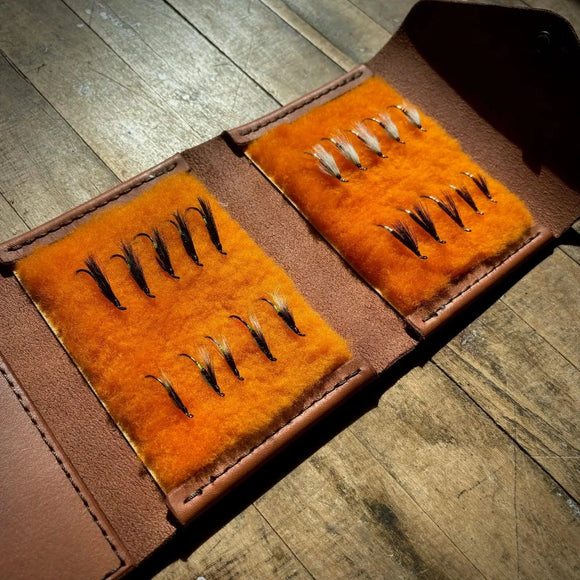

Ensemble de mouche à saumon
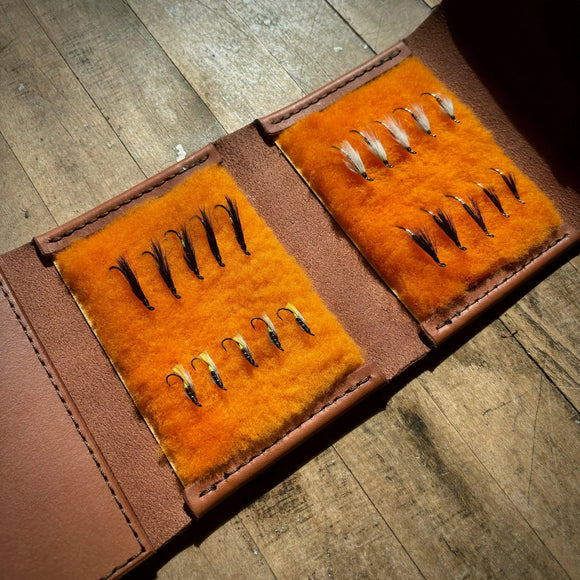

Ensemble de mouche à saumon #2
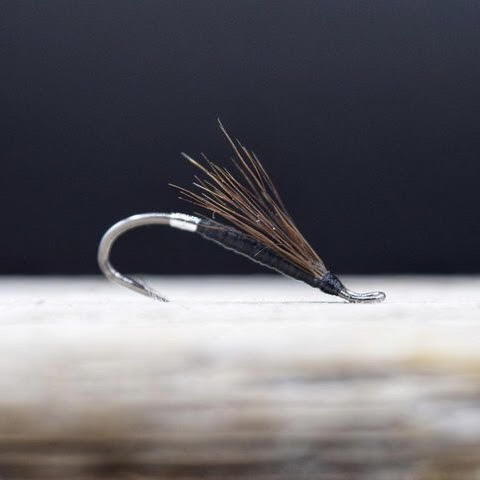
Black Silver Tip
MONTAGE DE MOUCHE
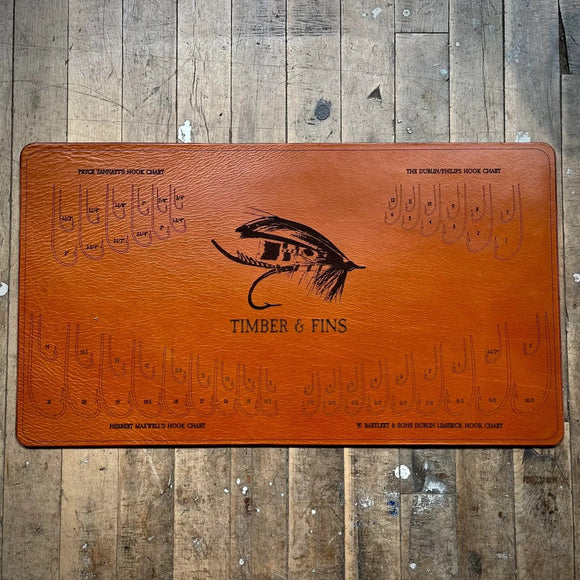
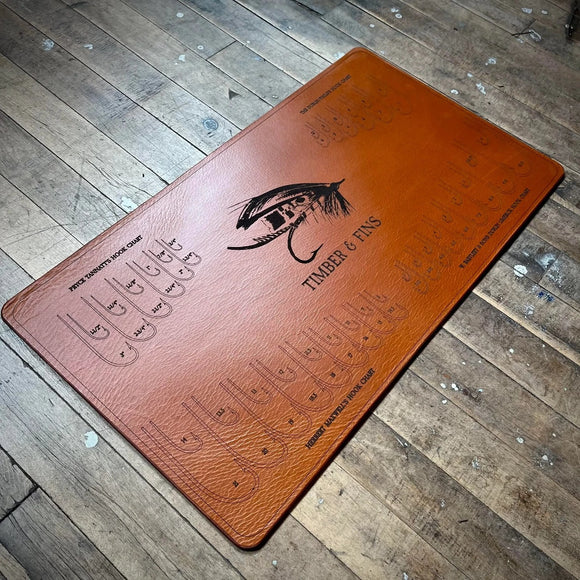
Napperon de montage "Heritage"
